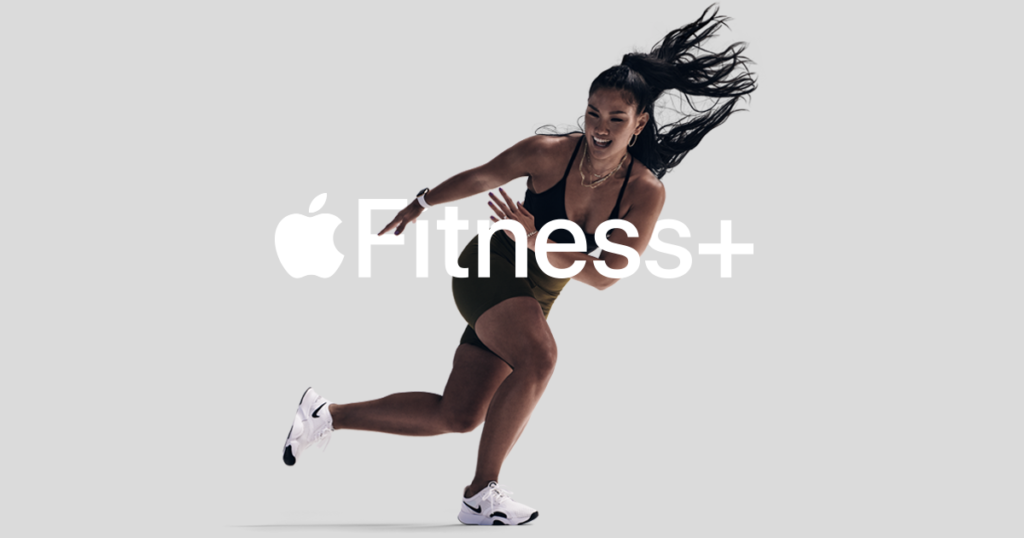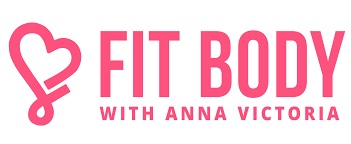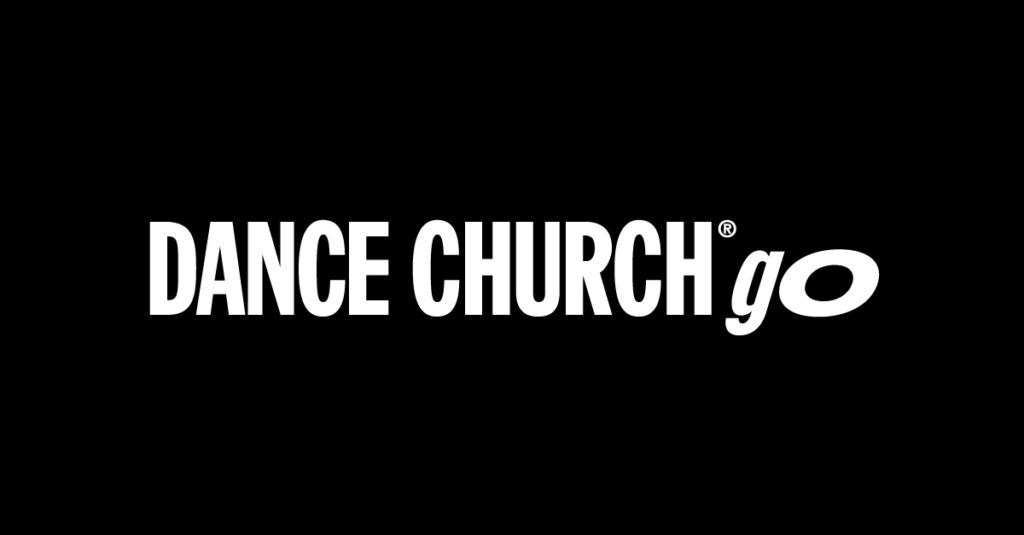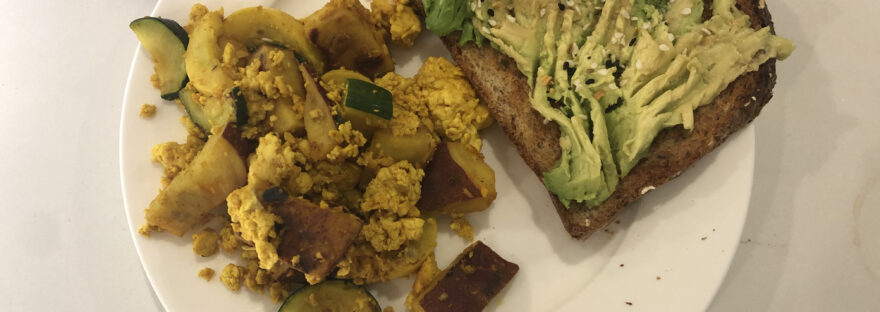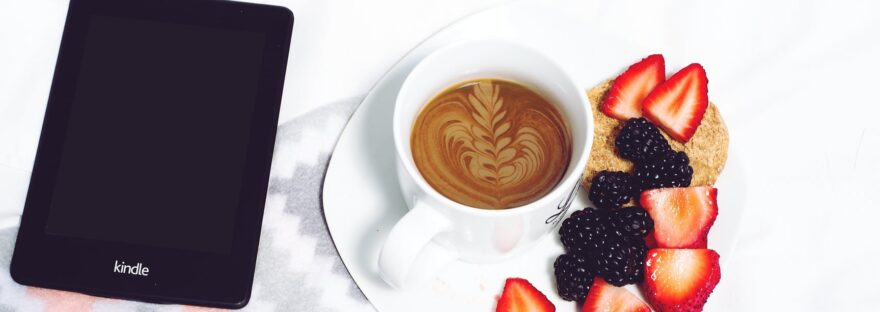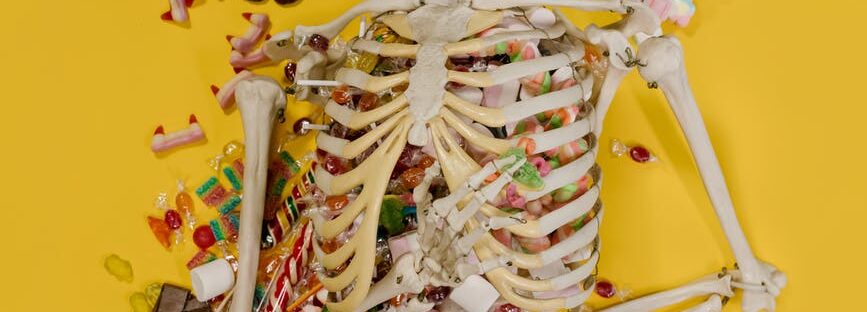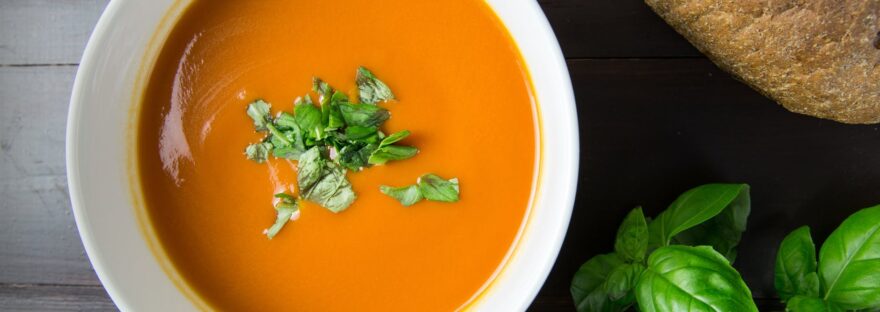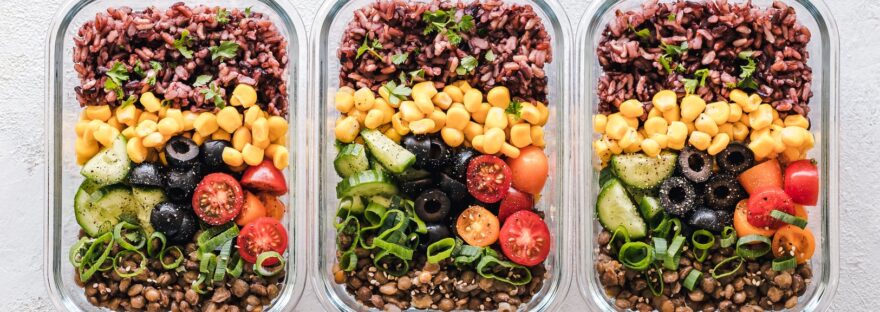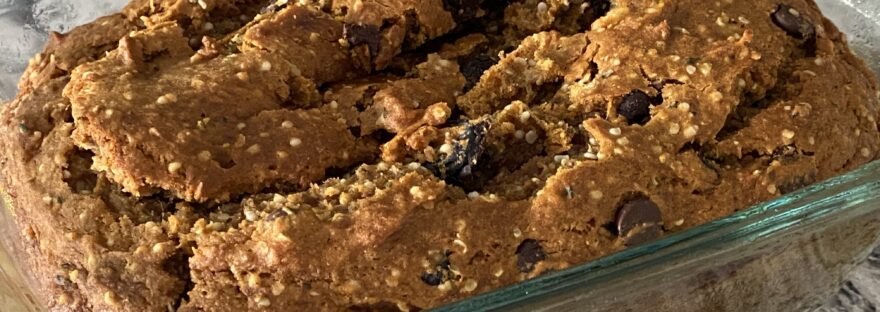With the launch of Apple Fitness+, I wanted to take this time to get excited for the upcoming new year and our inevitable resolutions. While not all resolutions have to or should be related to fitness, it can be really fun to have at least one of them be.
For the seasoned exerciser, maybe a resolution is to rest more. Or maybe to improve your mile time. For people who have given exercise a break with everything happening during 2020, 2021 might be a great year to check out some home workouts.
I love working out at home. Not only is it my own space, with my own equipment and no waiting for machines or weights, but I’m also free to workout when it works for me and to shower right after without having to wear flip-flops. I’m not a personal trainer or a Medical Doctor- you should always consult your Doctor before beginning a new exercise program. But here are some of my favorite options that I wanted to share with all of you.
Peloton is known for their fancy at home bike workouts. But did you also know that they have an awesome app that includes strength, stretching, cardio, outdoor running/walking, and even pilates and yoga? This app is easy to use with some great trainers. They have a 30 day free trial going so if you’ve never signed up before, now is a great time to test it out! This is the Peloton Digital version, not the membership including the hardware. The digital membership is for a single-user where their All Access membership, which includes all digital content on your phone PLUS content on your Peloton hardware, can be shared with an unlimited amount of household members. I don’t have any Peloton devices so I don’t know what the experience of using their hardware is like.
Alexia Clark is a personal trainer with a massive online following and presence. There are home and gym workouts available and they don’t require a lot of equipment. You can get a great home workout using dumbbells and resistance bands. I started her program after having needing to find a new workout that wasn’t running due to surgery on my left foot and then 6months later breaking my right foot. So I speak from experience when I say you can find ways to modify. I have been using her workout program for over a year and I absolutely love it! I don’t follow her nutrition plan, but if you need new menu ideas you can definitely find some inspiration. Her workouts have a 30min or 60min option, 5 workouts/week, and are brand new every day! And when I tell you they’re new each day, they truly are different each day. The workouts are designed to be completed Monday-Friday and if you follow her on Instagram she shows you the first circuit daily. You can also mark your favorite workouts so that you can do them again in the future!
This brand new service launched this week and I love it! For those who are looking for a slightly less expensive service that is similar to Peloton, this is definitely for you. Very comparable, and I’d say even better for beginners. I really like that the strength workouts are all full body so if you’re new to working out or coming back from injury it’s easy to make sure that you’re hitting every muscle group. My most used feature of any digital workout is definitely the stretching. I really like that Apple Fitness + includes mindfulness with their cooldowns/stretching series. I’ve found that adding the extra minute or two to meditate at the end of my workout is a great way to fully bring my body down from the high of exercising. This is one feature that the Peloton stretching does not include. Apple Fitness + also doesn’t currently offer any outdoor guided walks/runs like Peloton does, but considering it’s a brand new service, I’m sure it’ll evolve over time to include more features as they get feedback from users. Apple Fitness + as a great option for getting a great workout in at home, and can be shared with up to 5 household members.
Another great option for home or gym workouts. Anna Victoria is a personal trainer who also has a massive online presence, just like Alexia Clark. Her program is similar in that it includes workouts and nutrition, but otherwise I found the Fit Body experience to be different from Alexia Clark. I definitely love that Anna Victoria’s app has tons of meal options AND they have a Registered Dietitian on their staff. Not only does your membership include access to the app, but Anna Victoria has said that you can also contact them with questions for their Registered Dietitian or their Physical Therapist. Her workouts are definitely tough, but can also be modified. She recently gave birth to her first child and has added pregnancy workouts to her app for other women who want a workout program during that time. The only complaint I had with her program when comparing to Alexia Clark’s was that there wasn’t enough variety for me. You will definitely hit all major muscle groups, it just felt like most of the workout movements were repeated a lot. They recently debuted a massive overhaul of the app to include a lot of changes for how the workout week is structured and variety with the trainer you use. You have way more flexibility over which muscle groups and exercises you do and on what days, whereas with Alexia Clark you’re kind of forced into a Monday-Friday schedule. The other feature I like is that the Anna Victoria meal plans have a ton of variety and are available for any type of diet: vegan, paleo, vegetarian, flexitarian, etc. The recipes are definitely high quality and provide great inspiration even if you don’t follow the calculated macro meal plan.
UPDATE 12/18/20: For a limited time online you can get the 12month subscription to Fit Body for only $99.99! Use promo code FITBODY2021 at checkout.
Dance Church Go is the perfect workout for people who don’t like to workout. They offer live classes every Sunday, Wednesday and Saturday. Classes are donation based with the recommendation to give $15, the price you would pay for an in-person class. Dance Church has nothing to do with religion or church and is everything dance. All classes were in-person before covid. Classes are partially guided with instructors who also give you time to just dance around your space and enjoy yourself. The 55ish minute classes include a Daydream sequence near the end for you to catch your breath and do some stretches before starting lower body work on the floor. The 30ish minute (usually Saturday class) skips the Daydream sequence and lower body specific work, but is still a great way to get your blood pumping. A friend of mine told me about Dance Church near the beginning of the pandemic and I’ve been hooked ever since! The teachers are so fun and have so much energy, you can’t help but have a good time. Classes are mostly PG-13 and friendly for kids, but I’d recommend you leave that to your discretion as a parent.
UPDATE 1/10/21: Dance Church Go announced this week that they are making some changes. Sunday classes will remain the same, and the Wednesday and Saturday classes are being discontinued. But the amazing news is that they’re working on having a streaming service so that you can dance whenever you want! That’s even better than classes Wednesdays and Saturdays! You can subscribe to their newsletter at go.dancechurch.com to stay up to date with everything Dance Church.




